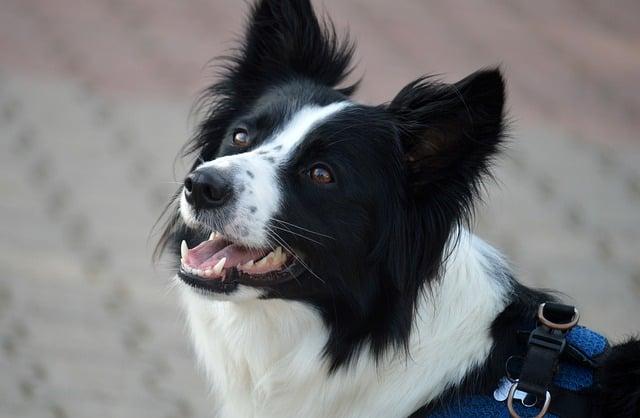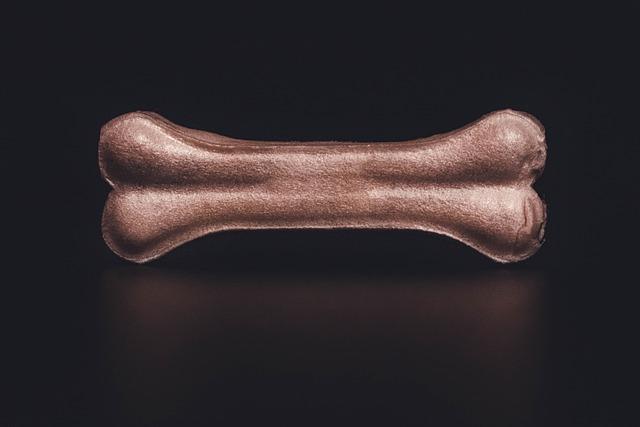When it comes to sharing our lives with dogs, we often find ourselves wanting to share our meals with them too. However, not all human foods are safe for our furry companions, and cooked bones often spark debate among pet owners. In this article, we’ll explore whether dogs can safely enjoy cooked bones and provide guidance on how to ensure your pet’s health and happiness. Our aim is to equip you with the knowledge to make informed decisions, so you can continue to nurture the special bond you share with your canine friend, all while keeping them safe and healthy.
Understanding the Risks of Cooked Bones for Dogs
When it comes to feeding your furry friend, understanding the potential hazards of cooked bones is crucial. Cooked bones can pose significant risks due to their altered structure. During the cooking process, bones become brittle and are prone to splintering, which can lead to various health issues for dogs. Splintered bones may cause choking, mouth injuries, or even serious internal damage, such as punctures in the stomach or intestines.
- Choking Hazards: Splintered pieces can easily become lodged in your dog’s throat.
- Digestive Issues: Sharp fragments can lead to blockages or tears in the digestive tract.
- Oral Injuries: Broken pieces may cause cuts or wounds in the mouth.
To ensure your pet’s safety, consider alternatives like commercially prepared chew toys or bones specifically designed for dogs, which provide a safer way for them to enjoy chewing without the risks associated with cooked bones.

Why Cooked Bones Can Be Hazardous to Your Furry Friend
Cooked bones might seem like a tempting treat for your canine companion, but they can pose serious risks. When bones are cooked, they become brittle and are more likely to splinter. These sharp fragments can cause a range of health issues, including:
- Choking hazards – Splintered pieces can easily get lodged in your dog’s throat.
- Gastrointestinal blockages – Sharp bone fragments can cause blockages in the digestive tract, which might require surgical intervention.
- Internal injuries – As these fragments move through the digestive system, they can puncture or lacerate the intestines, leading to severe complications.
To ensure your furry friend’s safety, it’s essential to avoid giving them cooked bones. Instead, consider safer alternatives like commercially prepared dental chews or raw bones, which are less likely to splinter and can help maintain your dog’s dental health.

Safe Alternatives to Cooked Bones for Your Dog
While cooked bones can pose significant health risks to your furry friend, there are several safe and satisfying alternatives that can keep your dog happily chewing without any worries. Consider the following options:
- Raw Bones: Opt for large raw bones that are less likely to splinter. Raw beef or lamb bones can be a delightful treat, providing essential nutrients and promoting dental health.
- Commercially Available Chews: Look for high-quality, vet-approved dog chews. Brands often offer options like dental sticks, bully sticks, or rawhide alternatives that are designed for safe chewing.
- Rubber Toys: Durable rubber toys are excellent for enthusiastic chewers. They can be stuffed with treats or peanut butter to keep your dog engaged and satisfied.
- Vegetable Chews: Carrots and sweet potatoes can be a crunchy and nutritious option for dogs who enjoy a healthy snack.
By choosing these alternatives, you ensure that your dog enjoys their treats without the risk of choking or digestive issues associated with cooked bones.
Expert Tips on Keeping Your Dog Safe and Healthy
While it might seem like a natural treat, feeding your dog cooked bones can pose serious health risks. Cooked bones, unlike their raw counterparts, tend to splinter easily and can lead to choking or internal injuries. Here are some key points to consider:
- Splintering Hazard: Cooked bones, especially from poultry, can break into sharp pieces that might puncture your dog’s digestive tract.
- Digestive Blockages: Swallowed bone fragments can lead to obstructions, requiring emergency veterinary intervention.
- Dental Damage: Hard bones can fracture your dog’s teeth, leading to pain and potential infections.
For a safer alternative, consider offering your dog specially designed chew toys or bones made from digestible materials. Always supervise your pet when introducing new treats to ensure their safety and well-being. Prioritizing their health with informed choices will keep those tails wagging happily!

